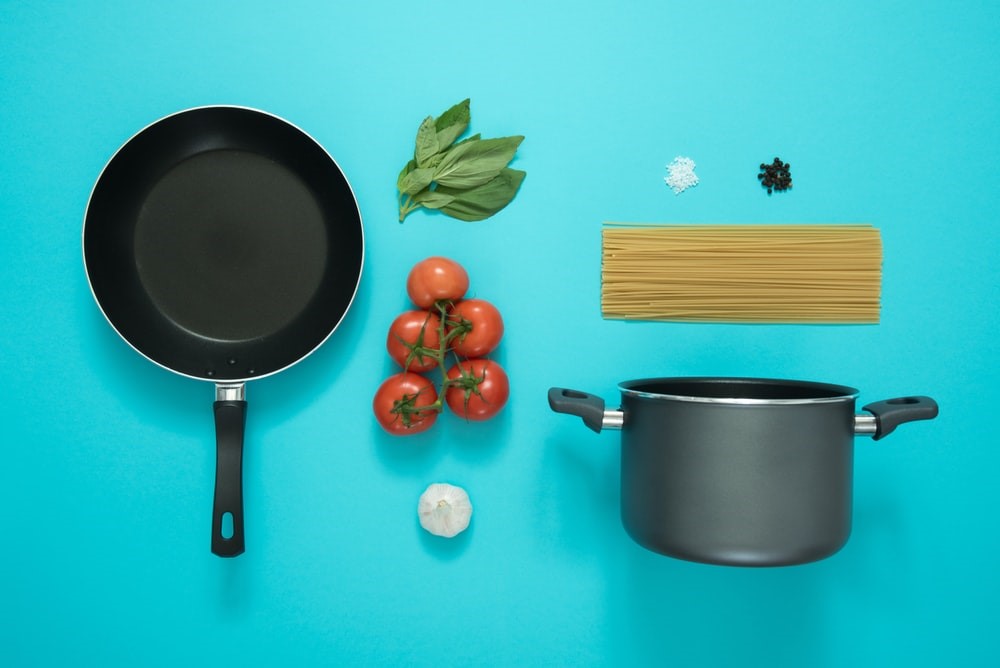Did you know that one of the suspected reasons for the increase in ADHD is exposure to toxins?
In my last blog entitled, Is ADHD Truly on the Rise?, I share the suspected reasons for the rise in ADHD, such as early exposure to environmental toxins.
I wish I’d known these things when my son was little. Instead, I dressed him in flame-retardant pajamas and cooked with dated Teflon pots and pans.
I didn’t know any better. For years, flame-resistant chemicals were added to children’s pajamas, car seats, and other items.
We live and learn. Even so, one positive that has come from the rise in both ADHD and autism is that scientists are even more dedicated to testing new substances in our environment that could harm our children.
This added testing has led to new discoveries that could help protect your kids.

Here are 5 Simple Things that You Can Do to Avoid Exposing Your Child to Toxins
#1 Don’t drink or smoke cigarettes during pregnancy
This one is probably a no-brainer for most people (particularly avoiding alcohol while pregnant) but I still meet parents who are unaware of the link between prenatal exposure to cigarettes and higher rates of ADHD in children. Do your child and yourself a favor and don’t smoke if you are pregnant!
#2 Avoid lead exposure by:
- Testing your home and water for lead.
- Keeping your child away from older windowsills, porches and areas with chipping paint.
- Learning how to make safe repairs at home before starting projects.
- Not allowing your child to play in the dirt next to an old home.
- Teaching your children to wash their hands regularly.
- Avoiding traditional home health remedies, such as Azarcon and Greta, which are used for upset stomach or indigestion in certain communities (e.g., Hispanic).
- Avoid purchasing imported toys or toy jewelry.
- Avoid purchasing cosmetics with possible sources of lead.
- Avoid using pottery or tableware with:
- Traditional glazed terra cotta (clay) dishware made in some Latin American countries, such as Mexican bean pots.
- Highly decorated traditional dishes used in some Asian communities.
- Homemade and hand-crafted tableware, unless you are sure that the maker has used a lead-free glaze.
- Decorations on top of the glaze instead of beneath it. If the decorations are rough or raised, if you can feel the decoration when you rub your finger over the dish, or if you can see brush stroked above the glazed surface, the decoration is probably on top of the glaze. If the decoration has begun to wear away, there may be a greater lead hazard.
- Antique tableware handed down in families or found in antique stores, markets and garage sales.
- Corroded glaze, or a dusty or chalky grey residue on the glaze after a piece has been washed. Tableware in this condition may represent a serious lead hazard – stop using it at once.
- Discarding dated pots and pans. Make sure your Teflon pans are in good condition (no scratches in the surface).

#3 You can avoid pesticides by:
- Reducing exposure to pesticides in foods by washing and scrubbing fruits and vegetables with water
- Purchasing organic produce when possible.
- Never using bug bombs or broad spraying chemicals.
- Keeping common household pesticides out of your child’s reach and never putting poisonous products in containers that could be mistaken for food or drink.
- Never allowing your child to participate in the application of fertilizer. Kids should stay off the lawn after a chemical fertilizer has been applied until it’s been exposed to at least a quarter inch of rain or a good watering. Then, wait at least 24 hours before you allow kids to play on the lawn.
- Never using lindane on children. Talk with your child’s pediatrician about head lice control without pesticides.
- If you work with pesticides, be sure you don’t “take them home” on your clothes and shoes. Try to change clothes before coming home and remove and store shoes outside.
#4 Avoid products that contain certain toxic flame retardants, known as organohalogens.
These chemicals are linked to serious human health problems, including cancer, decreased IQ in children, impaired memory, learning deficits, and hormone disruption.
Here are a few tips to help you reduce your child’s exposure to organohalogen flame retardants.
- Check furniture labels. When shopping for furniture, choose furniture labeled “CONTAINS NO ADDED FLAME RETARDANTS.”
- Check kids’ product labels. Make sure any children’s products you or your childcare provider use are not labeled as meeting the California TB 117 flammability standard (these products likely contain flame retardants in the foam).
- Avoid kids’ products made with polyurethane foam.
- Dust and wash hands regularly. To reduce toxins exposure from products in your home, cleanliness counts! Wash hands, especially those of young children, often, to keep dust from attaching to food or fingers and being consumed. Regularly wet-dust and wet-mop to reduce dust and use a vacuum with a HEPA filter.

#5 Purchase or make your own eco-friendly safe household products.
- Read more: How to make safe cleaning solutions with vinegar
- Also read: Ten natural and eco-friendly cleaning products
Wrapping It Up
If you found this post about keeping your children safe from toxins helpful. Press “like” and consider forwarding it to others.
P.S. I love hearing from my readers, so feel free to leave me comments and ask questions.
Signing off,
Your ADHD Guru and Friend,


